“betcha can’t eat just one!”
“A popular U.S. brand of potato chips once promoted itself with the slogan, “betcha can’t eat just one!” Maybe that’s because potato chips, like so many foods in the American diet, can pack a mix of ingredients apt to light up people’s brain-reward neural circuitry and overpower mechanisms that are supposed to signal when we’ve had enough to eat. Researchers call this class of foods — often processed foods or sweets with alluring combinations of fat, sugar, carbohydrates and sodium — “hyper-palatable.” While a slew of films, popular books and academic studies have addressed hyper-palatable foods over the past 15 or so years, none has yet to offer a broadly accepted quantitative definition of just what constitutes a hyper-palatable food.”
New research offers specific metrics that might qualify foods as hyper-palatable — and finds most foods consumed in the United States meet these criteria.
Article: Data-driven definition of unhealthy yet pervasive ‘hyper-palatable’ foods
Research Paper in Obesity: Hyper‐Palatable Foods: Development of a Quantitative Definition and Application to the US Food System Database
“Extensive research has focused on hyper‐palatable foods (HPF); however, HPF are defined using descriptive terms (e.g., fast foods, sweets), which are not standardized and lack specificity. The study purpose was to develop a quantitative definition of HPF and apply the definition to the Food and Nutrient Database for Dietary Studies (FNDDS) to determine HPF prevalence in the US food system.”
“The study is the first to provide a quantitative definition of HPF to be used as a starting point for future research. Given the immense contributions of HPF to obesity risk and related health conditions, it is imperative that the research community develop and validate a specific, quantitative definition of HPF that will advance the field’s understanding of potential mechanisms that may drive overeating and obesity. The HPF definition may also be an asset to inform future food policy work. A major barrier to policy legislation on HPF is that there is no precise definition to inform regulation, and it is not feasible to limit or restrict entire categories of foods (e.g., desserts). Given the ways in which HPF are integrated into our existing food system, strong and specific scientific evidence will be needed to dislodge and eventually regulate some of the most problematic foods that are associated with extensive disease and disability in the US. The HPF definition and quantitative criteria presented in this study represent a crucial first step in this process.”
Article: Study offers data-driven definition of unhealthy yet pervasive ‘hyper-palatable’ foods
“Fazzino and her KU coauthors — Kaitlyn Rohde, research assistant at the Cofrin Logan Center and Debra K. Sullivan of the Department of Dietetics and Nutrition at the University of Kansas Medical Center — sought to define criteria for hyperpalatable foods by conducting a literature review, and then using nutrition software and applying their definition to 7,757 food items in the U.S. Department of Agriculture’s Food and Nutrient Database for Dietary Studies (FNDDS).”
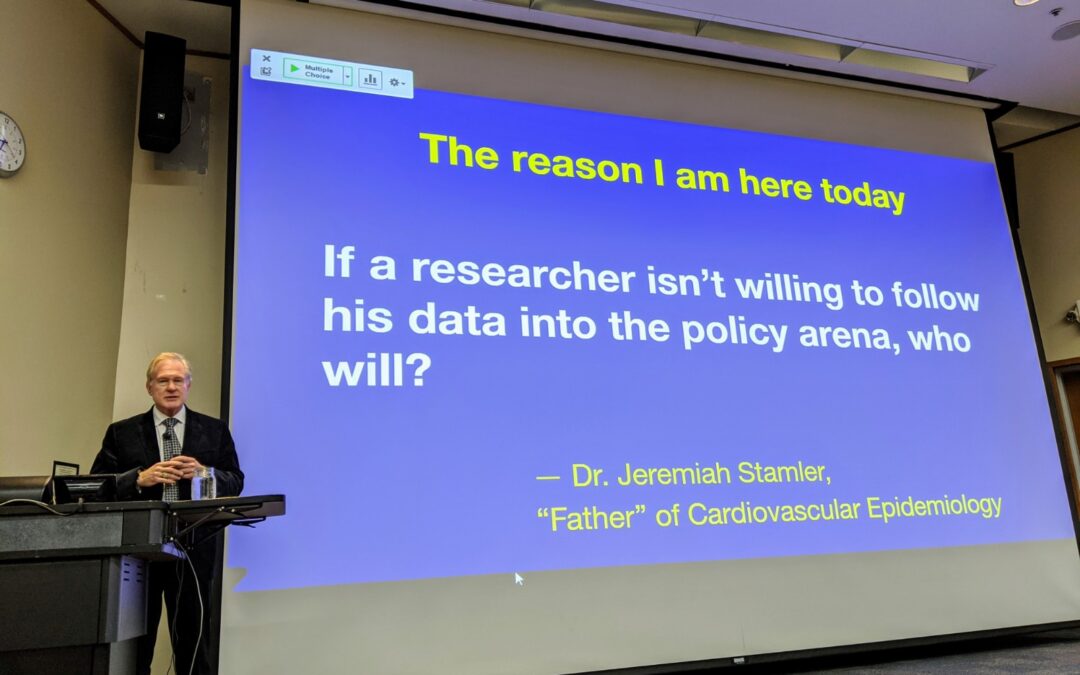



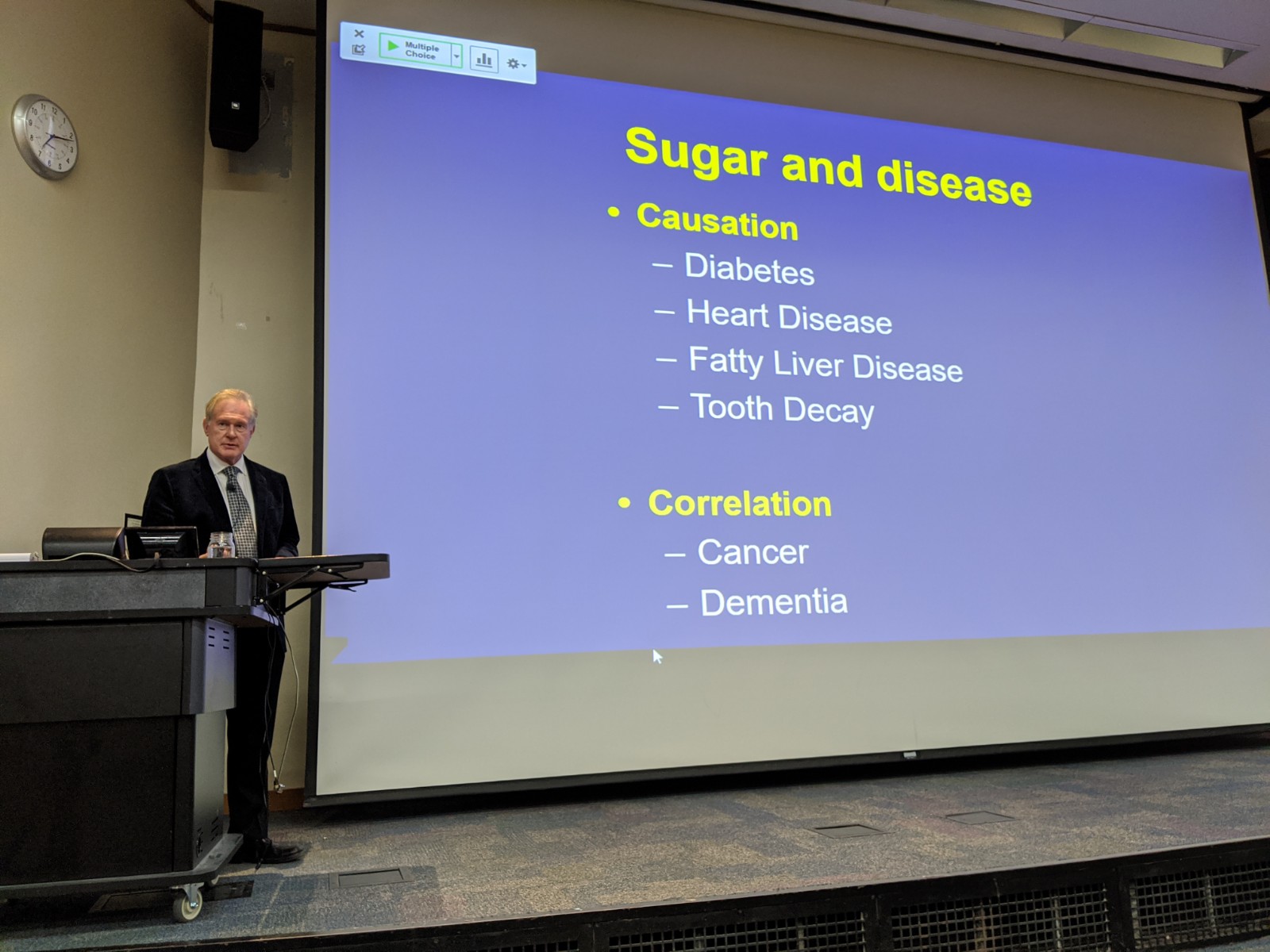
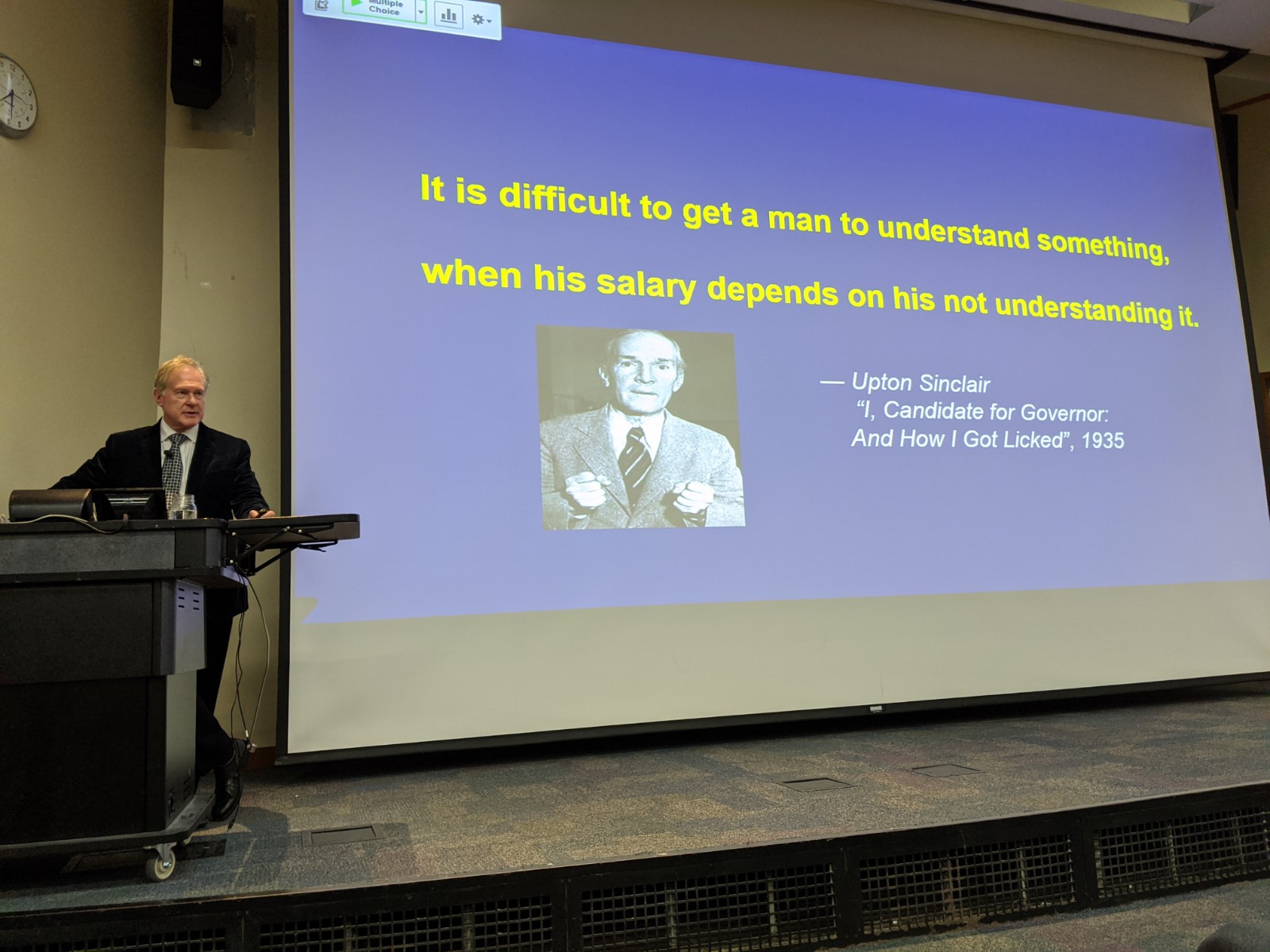

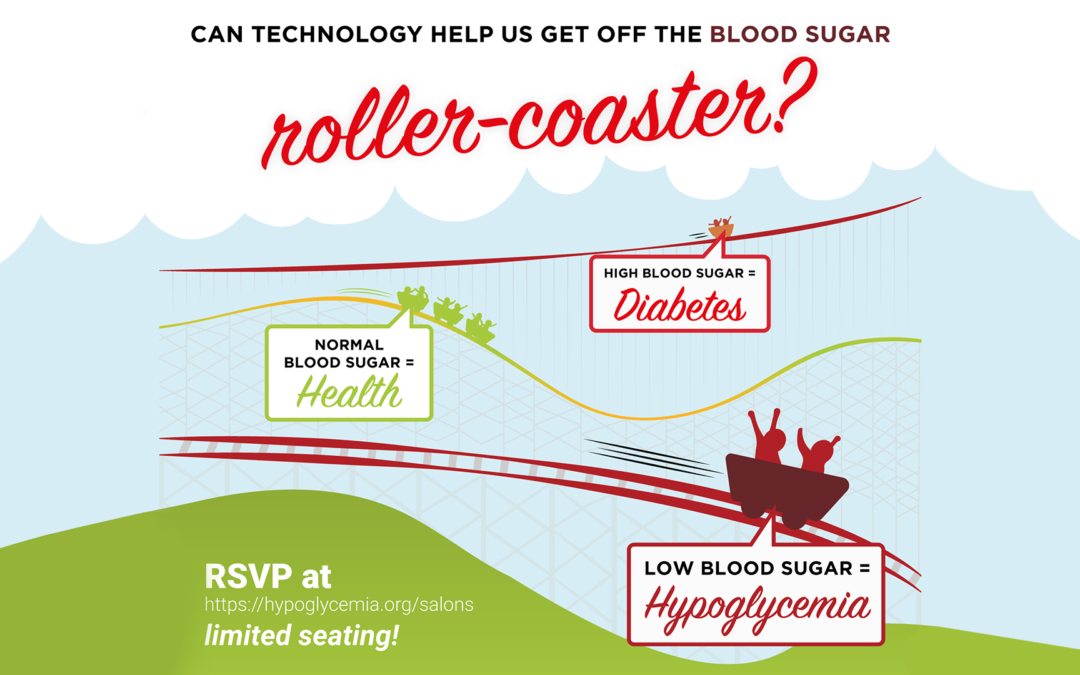



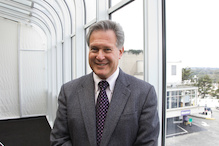

Recent Comments